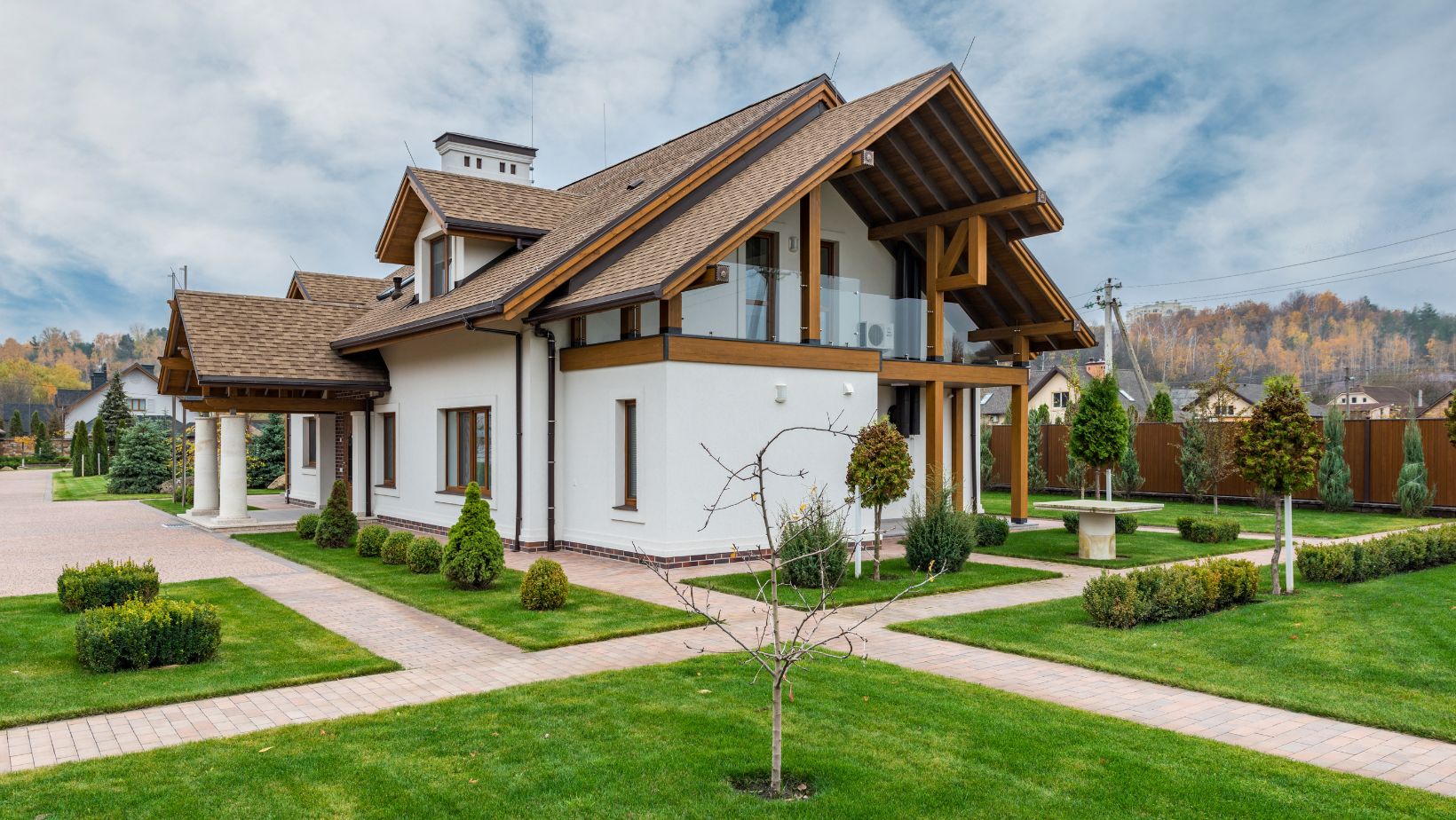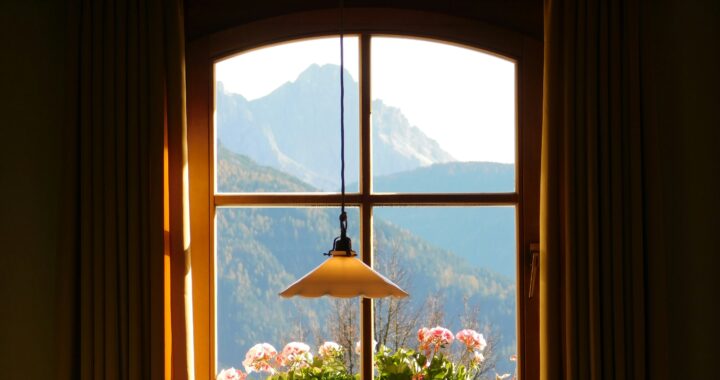Why True Minimalism in Villa Design Begins with Restraint and Ends in Rhythm

Minimalist villas aren’t about blankness. They’re about boundaries—emotional and architectural. When a room falls silent, it doesn’t mean it’s lacking; it might be listening. This is the essence of minimalist spatial philosophy. It’s less about subtraction and more about attunement—designing a home not to be filled, but to be felt. Open space, when intentional, becomes a comfort rather than a void. The “pause” principle in architecture invites stillness. This stillness isn’t static—it’s charged. A corridor that turns into a lightwell. A living room with just enough seating and no more. When a villa allows you to stop, stand, and breathe, it earns its luxury not through additions but restraint.
Large villas are especially prone to over-design. Just because there’s space doesn’t mean it should be filled. In minimalist architecture, human scale matters more than square meters. How a person feels sitting alone in a room should matter just as much as how ten guests interact with it. In Paros and Milos, you’ll see villas where a single stone bench running along the wall becomes the heart of the home. There’s nothing excessive. But everything is enough. A built-in ledge doubles as seating. A corner with nothing in it holds the changing light of the day. These homes don’t show off—they support.
In Bali, silence isn’t emptiness but reverence. Villas there open to the landscape, letting birdsong and the hum of evening frogs take the place of décor. Walls may not even be walls—screens, bamboo, breeze blocks. Minimalism here isn’t a style—it’s the consequence of harmony with climate and rhythm. Portugal’s Alentejo brings another story. Wide rooms with thick walls offer shade and echo. You don’t need decoration when your ceiling beams, whitewashed finishes, and aged clay floors already tell a story. Silence becomes architecture. Air becomes part of the composition. In all these cases, the takeaway is clear: emptiness isn’t a flaw; it’s a feature—if you design it that way.
The Materials Whisper: Texture, Tone, and Tactility
In minimalist villas, loud design is replaced by quiet material honesty.

It’s not about just having fewer things—it’s about every element doing more, without shouting. When your palette narrows, your attention sharpens. That’s where texture, tactility, and tone begin to speak. Think about walking barefoot across cool travertine in the morning. Or running your hand along a plaster wall that feels as soft as pressed flour. These aren’t background details—they’re the architecture’s voice.
Materials are chosen not just for appearance but how they age and how they feel. Raw oak gains character over time. Brass oxidizes and deepens in tone. Tadelakt reflects light one way at dawn and another at dusk. These subtleties are what make a home feel alive—even when it looks spare. Color in minimalism isn’t an afterthought, but a deliberate tool. Warm whites that lean into beige. Clay that picks up rose. A zinc countertop with undertones of green in shadow. These are living colors. They shift. They don’t ask to be noticed. They’re simply present.
Lighting is the accomplice here. Materials chosen for their response to light allow a room to morph without needing to change. You won’t see bold feature walls in most minimalist villas—but you might see a ceiling that glows golden in the late afternoon because of the stone beneath it. Furniture in these spaces isn’t simply functional. It’s sculptural, quiet, and anchored. A bench carved from a single block of wood. A linen-covered daybed with lines so clean it almost vanishes. Each piece is chosen not to impress, but to rest the eye.
The joy of these materials is in their silence. When everything doesn’t compete for attention, the body relaxes. That’s the real luxury.
Less But Lasting: Built-Ins, Custom Touches, and Storage as Design
In a minimalist villa, storage isn’t an afterthought—it’s choreography. The entire house performs a gentle vanishing act. Doors blend into walls. Cabinets open with a touch, not a handle. A closet becomes an architectural panel rather than a visual interruption. This isn’t just about hiding things—it’s about celebrating utility. Custom shelving, window seating, and inset alcoves become opportunities for character. A built-in bench near the entry becomes a place to sit and remove shoes, but also a grounding gesture: “you’re home now.”
Open shelving might seem antithetical to minimalism, but when used sparingly and with intention—like floating shelves that hold just three handmade bowls or a stack of well-used cookbooks—it becomes storytelling.
Kitchen design deserves a special note. Minimalist kitchens succeed when everything has a place and nothing feels like clutter. Appliances disappear. Counters are free. A long oak cabinet might hold both dishware and coffee supplies behind sleek panels. Function meets grace in the simplest way.
It’s important to remember that sleek doesn’t mean sterile. A kitchen without upper cabinets might instead have one long horizontal window with a view of wild grasses. This space doesn’t say “nothing to see here.” It says, “here is where light belongs.” Built-ins bring longevity. They resist trends. They become part of the architecture rather than being subject to its whims. And when done well, they outlive fashion.
The View Inside and Out: Minimalism with a Horizon
Windows are not interruptions—they are focal points. In minimalist villas, a well-placed window can replace any artwork. A band of sky. A wind-swayed tree. The flicker of sunlight off the sea. These become moving paintings, framed by restraint. The secret is in choosing what not to reveal. A narrow vertical slit might cut through a thick wall and offer only the trunk of a cypress. That’s enough. It anchors. It invites quiet.
Outdoor space becomes an extension of interior calm. A stone patio edged in gravel. Native shrubs. One solitary bench in the shade of an olive tree. You don’t need a pool shaped like a lagoon. You need water where it belongs—perhaps a slim lap pool that reflects the sky more than invites a splash.
Landscaping follows the same code: restraint. Minimalist gardens aren’t bare—they’re curated. Drought-resistant plants, soft grasses, raked gravel, and stone paths that lead not to an object but to a viewpoint. Some of the best minimalist homes blur the line between inside and out entirely. Long sliding doors disappear into the wall. Materials match inside and outside. The same concrete flows through both spaces, or the same timber decking reaches across the threshold.
Location influences everything. A villa by the coast might embrace salt, light, and openness. A hilltop villa may protect more, using courtyards and thick walls. An urban villa might rely on height, lightwells, and privacy screens to maintain serenity.
Across all, the rule is simple: design for the view you want to live with.
Rhythm, Not Repetition: Light, Time, and Daily Rituals
Minimalist design isn’t fixed. It moves, subtly, with you. A good villa feels different at 7am than it does at 7pm. It doesn’t require you to do anything for this to happen—it just adapts to light and presence. Light, more than any object, creates rhythm. A soft ray across a pale wall becomes a clock. Reflected sunlight bouncing off a pool dapples a ceiling. These aren’t engineered effects. They’re outcomes of thoughtful placement and patient materials.
Walk barefoot through a minimalist villa and you’ll feel its pace. No abrupt shifts in texture. No jarring visual noise. The spaces ask you to glide, not rush. Daily rituals come alive in these homes. A narrow ledge becomes the perfect place to sip morning tea. A small bench catches the late sun for evening reading. These gestures aren’t about design—they’re about noticing.
Lighting at night follows the same principle: it’s quiet. Concealed LEDs along the baseboard. Wall washers that highlight the grain of a material. No spotlights, no overhead glare. Just soft glows where needed. Even tech obeys this logic. Hidden speakers. Automated blinds that rise with the sun. Heating systems that learn your schedule but never make a sound. The villa stays alive, but never interrupts.
The Human Scale of Minimalism
Minimalism too often gets mistaken for coldness. But when done well, it feels deeply human. It starts with designing for bodies, not blueprints. How far you reach. Where you pause. What you need after a long day. A good villa doesn’t just look good in photos. It supports a nap in the afternoon sun. It gives your back a soft surface to lean on. It lets your hand find a railing where it should be, without searching.
Human scale means not everything is at eye level. Some things are low and grounding. Some are high and open. Proportions follow gestures, not trends.
In one villa kitchen, the dining table was made from salvaged wood, paired with restaurant furniture—chairs designed to be sat in for hours, not admired for minutes. The combination added an earthy, unpretentious rhythm to the otherwise sculptural space. Nothing clashed. Everything functioned—and quietly delighted.
Living With It: Maintenance, Longevity, and Adaptability
Minimalism shouldn’t mean perfection. Homes are for living. Choosing finishes that patina instead of polish makes this clear. Oxidizing metal, soft plaster, aged stone—they improve with time. Scuffs become memory, not mistakes. Cleaning is simpler when surfaces are forgiving. A wall that can be wiped, not repainted. A floor that hides dust instead of highlighting it. The goal isn’t upkeep—it’s ease.
Adaptability is key. Life changes. A minimalist home should flex quietly. A wall of cabinets that hides toys one year might hold art supplies the next. Built-ins that once displayed books might later hold dinnerware. The frame stays, the contents evolve. Even seating areas can shift. Modular sofas, movable stools, pivoting lights—these allow minimalism to stay responsive.
And finally, personalization comes not in decoration, but presence. Scent from sage or citrus peel. A soft track playing in the distance. A single framed photograph where the sun can hit it at noon. These don’t clutter. They mark territory. Minimalist design isn’t a cage—it’s a canvas. And living well with it is just knowing when to draw and when to leave the paper blank.


 How to Protect Furniture During a Remodel
How to Protect Furniture During a Remodel  DIY Weekend Projects That Add Value to Your Home
DIY Weekend Projects That Add Value to Your Home  How Classic Film Sets Influence Modern Home Renovations
How Classic Film Sets Influence Modern Home Renovations